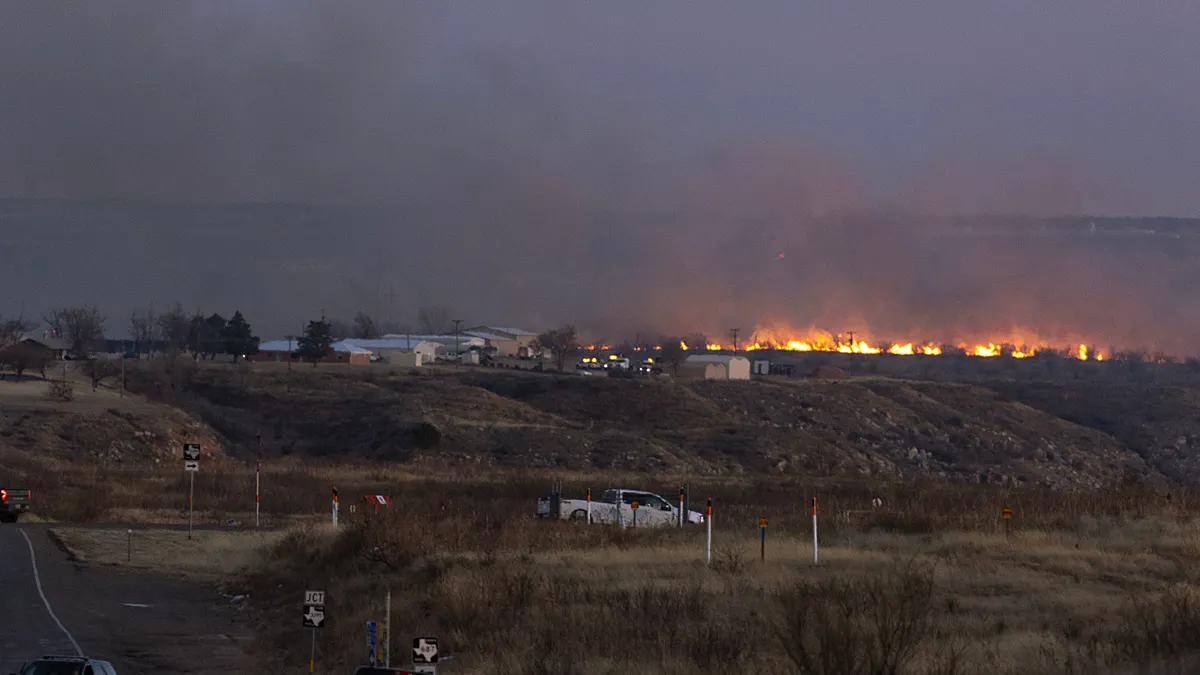America Garcia is the Texas program director and Shannon Anderson is the distributed power plant policy director for Solar United Neighbors.
In recent years, Texas has experienced lethal grid outages in both the summer (Hurricane Beryl) and winter (Winter Storm Uri). Families sat helpless for days without electricity as calls to 911 surged, hospitals were overwhelmed and a significant number of people died without the heat or air conditioning they rely on. Texas has become the epicenter of grid unreliability.
This is unacceptable. It’s time for utilities, legislators and regulators to update their approach to energy resilience. When they do, a critical resource, ripe for expansion in Texas and many other states and municipalities, is aggregations of distributed energy resources, commonly known as virtual or distributed power plants. DPPs can improve system resilience now, complementing longer-term grid upgrades that will take years or decades to build.
In order to speed the deployment and utilization of DPPs while also lowering the cost of grid modernization and accelerating climate adaptation in the electric power industry, our colleagues at Solar United Neighbors have developed several new resources. The first is a model DPP tariff.
SUN’s model tariff is based on four core principles. First, everyone should be eligible to participate. Second, DPP’s should be technology agnostic and welcome any form of distributed energy source that can deliver value in a given utility service area. Third, enrollment by utility customers should be straightforward and designed to achieve deployment and utilization of DERs quickly. Lastly, participants deserve fair compensation for the value of the services they provide. Together, these principles ensure fairness, spur near term deployment, grow markets for climate friendly technologies and support local businesses.
This model tariff is an efficient and effective way to deploy DPPs. It provides guidance to regulators as they initiate proceedings. Past experience has shown these regulatory efforts can take years. They often result in programs with limited participation. They force technology providers — producers of the batteries, thermostats, water heaters, EVs and other DER technologies — to use a crystal ball to anticipate whether the economics of bespoke programs will result in enough market uptake to justify their customization costs.
By contrast, with SUN’s model tariff, regulators can simply adapt this standardized, “off-the-shelf” tariff to the needs of a specific utility service territory. In doing so, the tariff eliminates untold hours of research, debate, consultant fees and legal argumentation that are ultimately paid for by ratepayers.
At a more detailed level, SUN’s model tariff is an open access program targeted at residential and light commercial participants who have not traditionally been eligible for demand response programs. Enrollment can be direct or through an aggregator, and is flexible enough to deliver to the grid operator all manner of grid services, in addition to foundational ones such as capacity reduction. The tariff is also rigorously agnostic regarding communications methods, as long as cybersecurity is maintained. It further encourages customer participation by crediting energy exports at the retail rate for that customer’s time period and service class. This eliminates the disincentive that occurs when consumers are asked in effect to sell energy to the grid at a price below what it is worth if they simply hold on to it for their own use later.
Getting all of these program design elements right, and standardizing them to the extent possible, helps ensure that technology providers will anticipate the development of a viable market and make any needed adjustments to their software to enable their devices to participate.
For markets where regulators aren’t interested in or able to initiate proceedings on their own, SUN has also developed model legislation that elected officials can use to direct regulators to develop DPP programs built around the best practices articulated above. The legislation includes provisions for establishing participation pathways for low-to-moderate income ratepayers and provides the utility with the opportunity to earn additional revenues when DPP programs succeed.
A final key provision ensures that utilities are given targets for procurement of key grid services that can help avoid blackouts when system load threatens to overwhelm the available large scale resources, as happened in those deadly Texas storms, but also reduces the need to burn fossil fuels that not only cost more as a source of electricity but are causing storms to become so destructive in the first place.
SUN was founded to help integrate the use of solar energy at the community level one family at a time. With our new work on DPPs we take this community focus even further — someone buying a solar system for their home supports everyone attached to the same electric grid. So let’s use Hurricane Beryl as a wake-up call. We cannot afford to wait for the next storm to start using energy innovations that help keep us safe, lower costs and reduce atmospheric carbon.
With the help of SUN’s model tariff and legislation, putting programs in place that combine distributed resources like rooftop solar and storage that produce and store energy where it’s needed most — right in our communities — will benefit and help protect everyone there.






















